Embarking on a journey through the intriguing tapestry of history, we delve into the captivating origins of Rastafarianism, where the prophetic words of Marcus Garvey ignited the flames of a movement. Picture the 1920s, an era pulsating with Garvey's powerful declaration: "Look to Africa, when a black king shall be crowned, for the day of deliverance is at hand." Though not a direct architect of Rastafarianism, Garvey emerges as its unwitting prophet. Get this Marcus Garvey Painting here
Garvey, a beacon of black empowerment, envisioned Africa as the rightful home for black people. His teachings on unity and pride laid the groundwork for the Rastafarian movement, amassing nearly a million followers by the 1920s. Rastafarianism blossomed as a branch of the broader tapestry of black empowerment.
The official dawn of Rastafarianism, as we recognize it, unfolded in 1930 with the coronation of Ras Tafari Makonnen, who became Emperor Haile Selassie of Ethiopia. This pivotal moment resonated as a materialization of Garvey's foresight, elevating him to the revered status of a "prophet" among his followers in Jamaica.
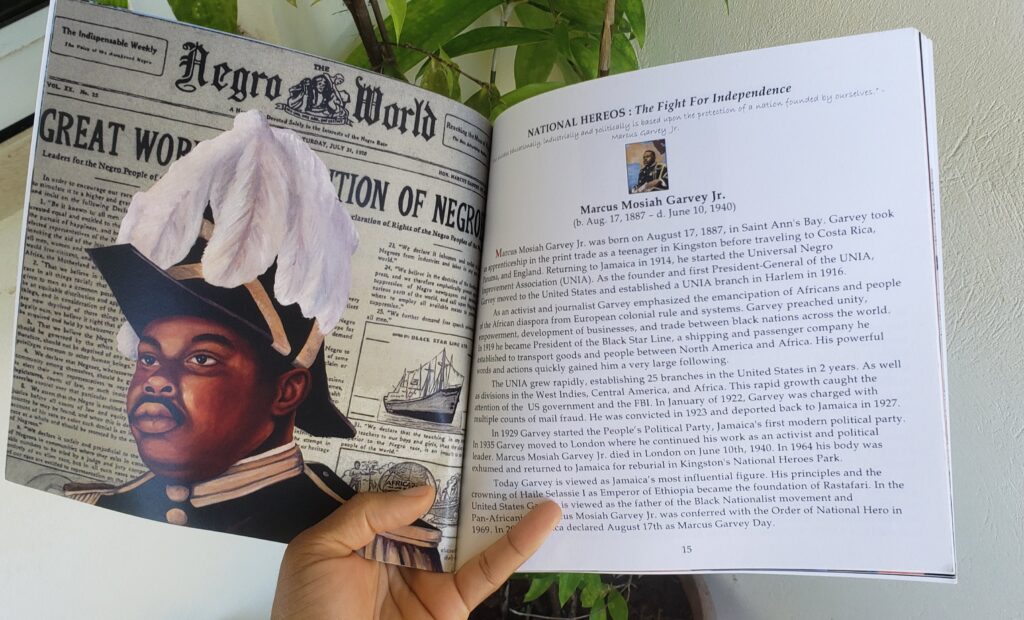
Garvey, dwelling in London at the time, may not have witnessed the full impact of Rastafarianism's growth, as he passed away in 1940. However, in 1966, when Haile Selassie graced Jamaica, a 21-year-old woman in the audience caught the attention of the world—Bob Marley's wife. Bob Marley, along with Peter Tosh and Bunny Wailers, formed the Wailers, becoming torchbearers of Rastafari in the realm of music.
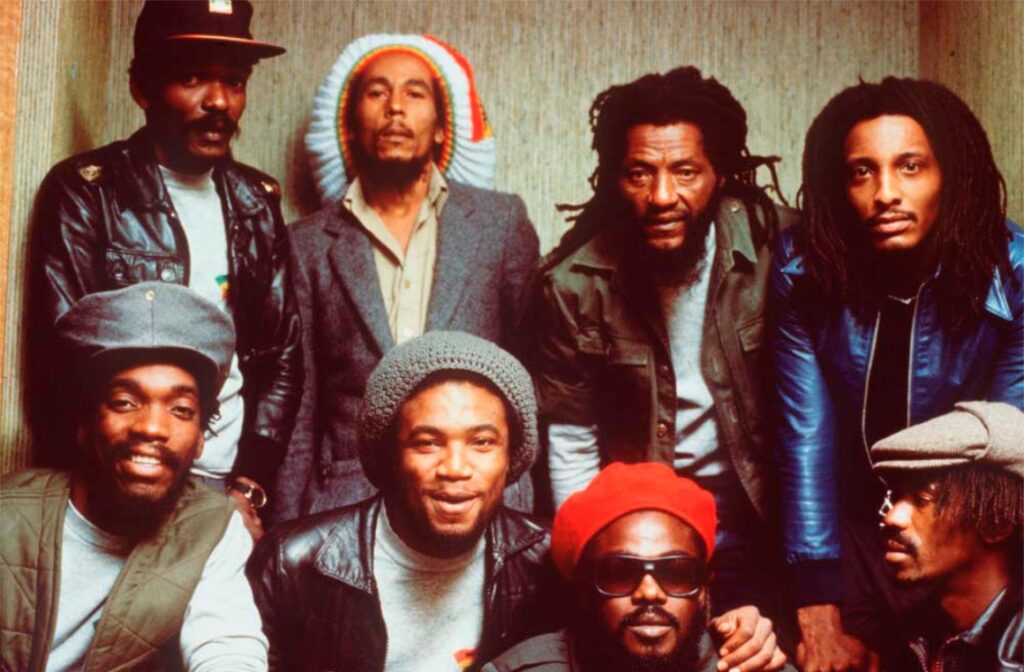
Let's rewind to the roots of Rastafarianism, tracing its genesis to Marcus Garvey's philosophy of black self-empowerment. Born in 1887 in Jamaica, Garvey's teachings laid the foundation for a movement he did not foresee.
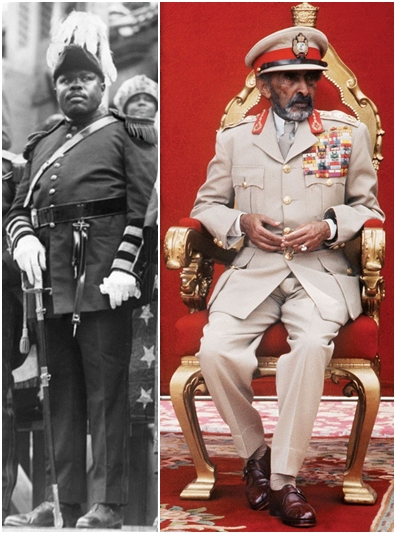
As we explore the 18th-century origins of Rastafarianism, Ethiopianism and the idealized vision of Africa captivated black slaves in the Americas. The biblical hope embedded in passages like Psalm 68:31, coupled with Garvey's influential teachings, fueled the Rastafarian ethos.
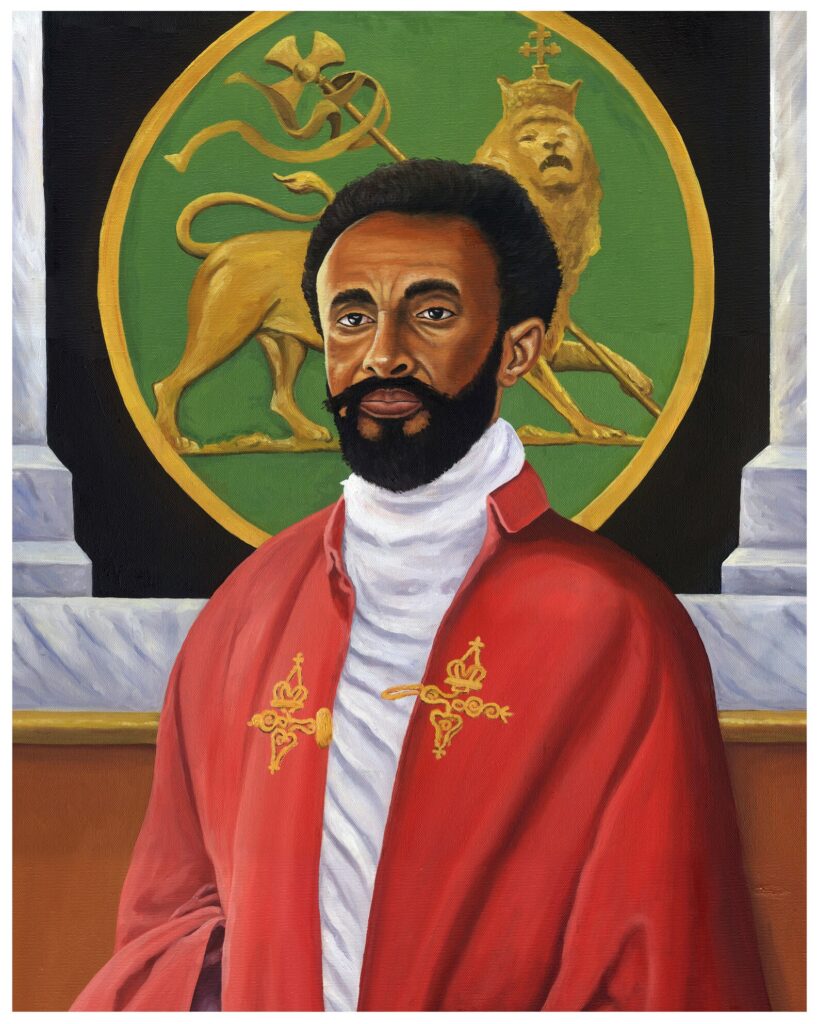
Artwork by Kavionart : http://www.kavionart.com
The coronation of Haile Selassie in 1930 solidified Rastafarianism, aligning with Garvey's prophecy. However, challenges arose, including criticism from Garvey himself when Selassie fled Ethiopia during Mussolini's invasion in 1935.
The narrative unfolds further in the late 1940s with the emergence of the Youth Black Faith in the slums of Kingston. Leonard Howell, a key figure in early Rastafarianism, faced persecution but founded the Ethiopian Salvation Society and established Pinnacle, a Rasta commune.

The 1960s brought independence to Jamaica, yet Rastafari faced oppression. Emperor Selassie's visit in 1966 improved perceptions, but "Bad Friday" in 1963 marked a dark chapter. By the early 1970s, Rastafari had become ingrained in Jamaican youth culture, evident in Michael Manley's 1972 presidential campaign.
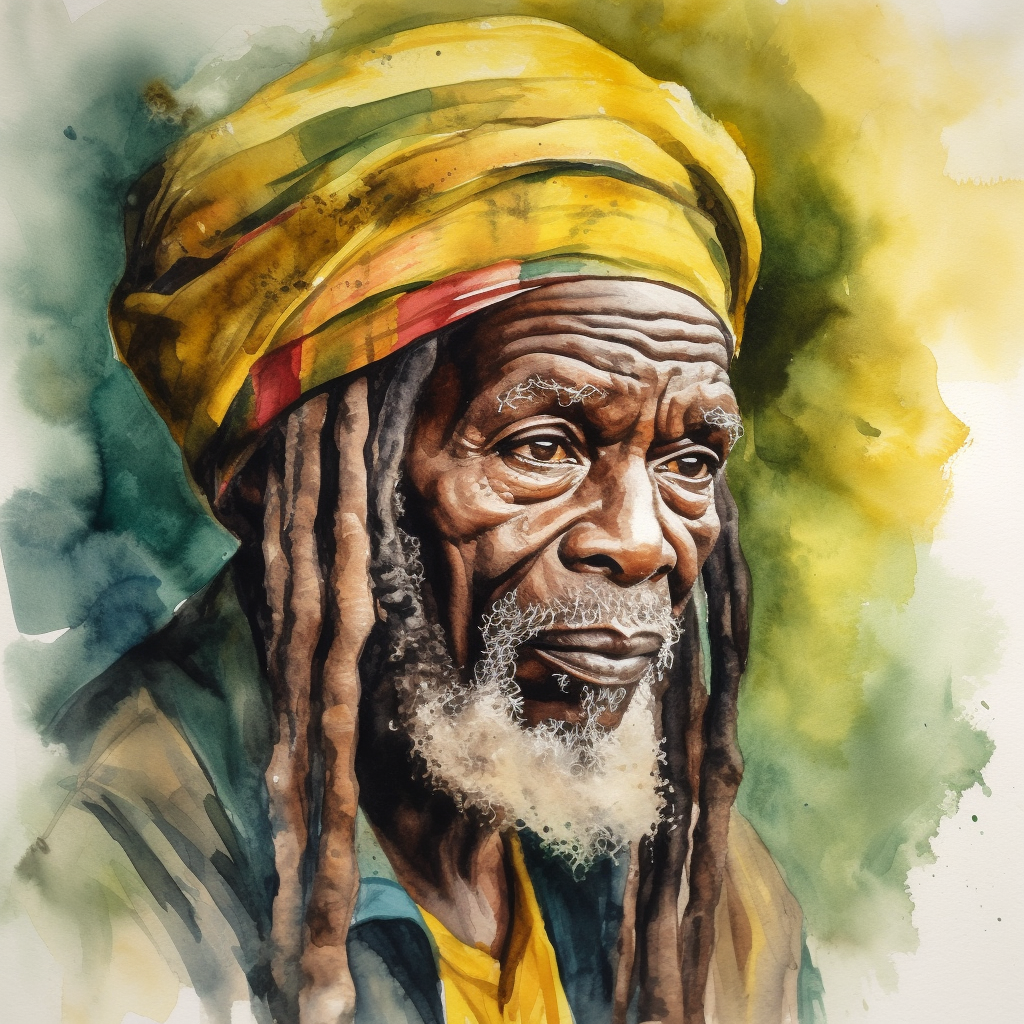
Rastafarianism's global spread accelerated with the migration of Jamaicans, aided by influential figures like Count Ossie and the iconic Bob Marley. Reggae music became a powerful medium, echoing Rasta themes of brotherhood and redemption.
A turning point came in 1975 with Selassie's death, challenging Rastafarians to reconcile the passing of their living deity. The death of Bob Marley in 1981 further tested the movement's resilience.
In the modern era, Rastafarianism remains a decentralized faith with diverse branches. International conferences attempted unification, but divisions persist. As of 2012, approximately 1 million Rastafarians worldwide continue to uphold traditions that resonate in communities across the globe.

